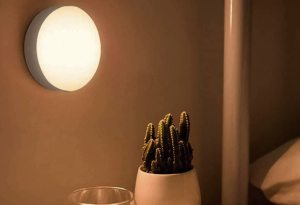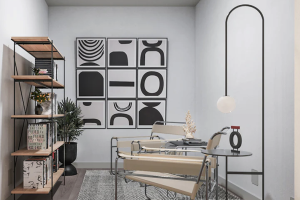The Differences Between Modern to Design and Contemporary


The terms modern and contemporary are often used interchangeably—which is no surprise considering that these design styles share similar traits. However, if you’re hoping to curate a space that truly reflects the clean and defined lines of modern to design, it’s important to understand the distinct differences between the two.
For starters, modern to design is typically characterized by minimalism. It relies on clean lines and a limited color palette, often incorporating natural materials like wood, leather, and stone. The modernist movement originated in the late 1800s, and its defining principles include the notions that “less is more” and that function should follow form.
The modernist era brought forth a new wave of industrial progress, and builders and designers took full advantage of advancements in materials. Concrete and steel replaced the ornate textures and elaborate embellishments of earlier periods, and straight lines became de rigueur. This trend carries over into furniture, which is usually sleek and low-profile with few adornments. “Modern furniture features simple silhouettes, curved edges and minimal detailing,” says Ginger Curtis of Urbanology Designs. “It’s all about the lines—lines of the body, of the table, and even of the chair.”
While a white backdrop makes for a classic modern aesthetic, greys and beiges also make up a large part of this design style. If you’re feeling more adventurous, a few block primary colors can work, too, thanks to echoes of the Bauhaus and De Stijl art movements that inspired the era.
Modern design often features a neutral, earthy palette of greens and browns, as well as plenty of black. However, this doesn’t mean that color isn’t welcome: Pops of bold red, yellow, or orange (or any other bright hue) can be a fun way to add contrast and personality to your modern home.
In fact, these bold colors can actually help your space feel more grounded since modern to design is all about a sense of balance and a respect for the natural world. Earthy tones can help a room feel larger and more open, while accents of natural wood, stone, or leather can bring warmth to a modern space.
A modern design also focuses on the use of light and natural air to illuminate rooms. As such, large windows, skylights, and open floor plans are staples in this design style.
Because modern to design is all about functionality, it’s a great style to utilize in open spaces where it helps to define areas. Furniture that can serve a practical purpose, such as tables that double as storage or benches that provide seating, are essential.
Curtis points out that modern style is also a great choice for open kitchens and living rooms. “Its streamlined silhouettes work well in an open concept, while still creating a sense of privacy,” she says.
One of the most important aspects of modern to design is that it embraces simplicity and minimalism, which can be hard to accomplish in a larger space. Luckily, a little planning can go a long way to ensure that your space is streamlined and well-organized.





